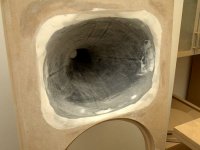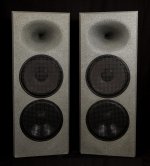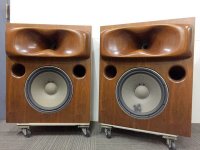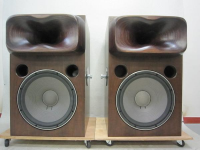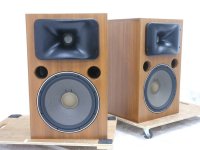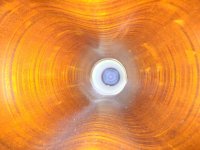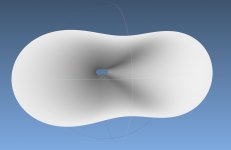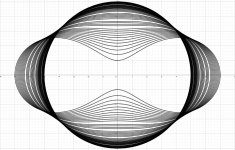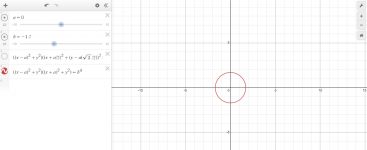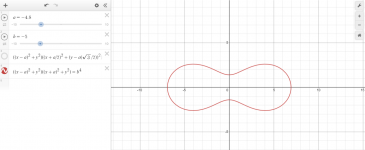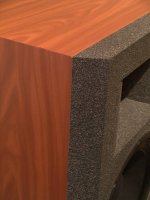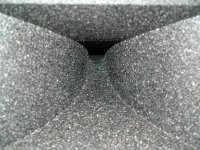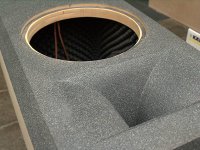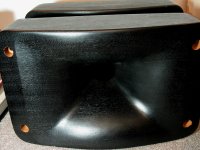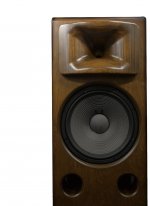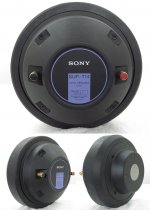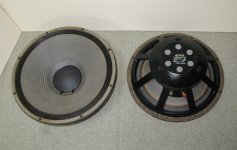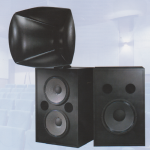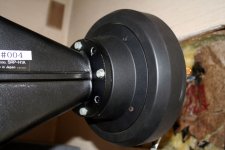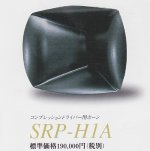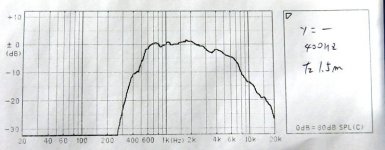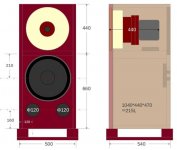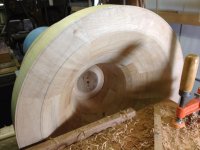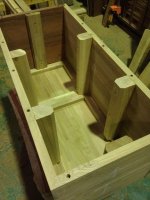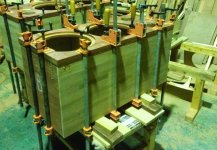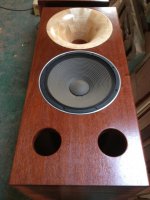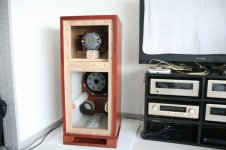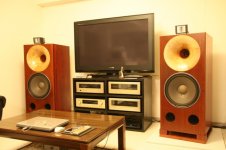Perhaps the round overs of the XT1464 were sanded down ;-)
15NLW9500s... Nice!
For a low crossover point, these should work fine.
Personally, I like the light, curvilinear cones of the (N)MB drivers, which are suitable for higher XO-points to match a ND1085/NSD1095/ND1TP.
15NLW9500s... Nice!
For a low crossover point, these should work fine.
Personally, I like the light, curvilinear cones of the (N)MB drivers, which are suitable for higher XO-points to match a ND1085/NSD1095/ND1TP.
Attachments
-
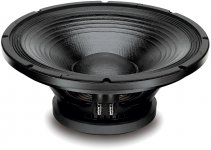 18Sound_15MB700_(Photo_1).jpg169.2 KB · Views: 452
18Sound_15MB700_(Photo_1).jpg169.2 KB · Views: 452 -
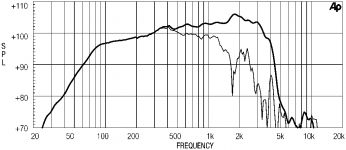 18Sound_15MB700_(Frequency_response).png4.6 KB · Views: 439
18Sound_15MB700_(Frequency_response).png4.6 KB · Views: 439 -
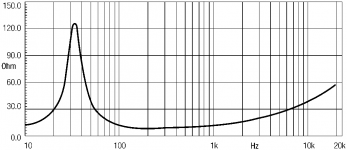 18Sound_15MB700_(Impedance).png2.8 KB · Views: 435
18Sound_15MB700_(Impedance).png2.8 KB · Views: 435 -
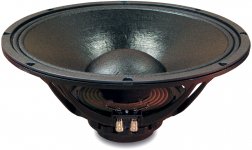 18Sound_15NMB420_(Photo) (1).jpg782.3 KB · Views: 427
18Sound_15NMB420_(Photo) (1).jpg782.3 KB · Views: 427 -
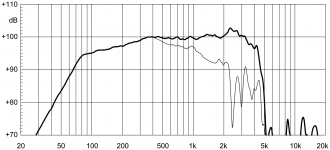 18Sound_15NMB420_(Frequency_response) (1).png40.5 KB · Views: 440
18Sound_15NMB420_(Frequency_response) (1).png40.5 KB · Views: 440 -
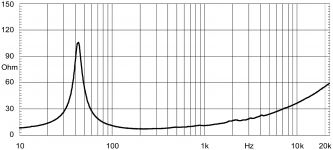 18Sound_15NMB420_(Impedance) (1).png30.2 KB · Views: 143
18Sound_15NMB420_(Impedance) (1).png30.2 KB · Views: 143
Last edited:
IIRC they used filler to hide the roundovers of the XT1464 on the one from the link that I posted. There were once "making of" pictures on the web but I couldn't find them anymore unfortunately.
Agreed - I would definitely not use the 15nlw9500 up to 1 kHz or more. Mine are intended for three way usage. But since it is not a lot of work I may just exchange the Beymas in my MTMs with these for a try. Some changes in the crossover will be needed.
Regards
Charles
Agreed - I would definitely not use the 15nlw9500 up to 1 kHz or more. Mine are intended for three way usage. But since it is not a lot of work I may just exchange the Beymas in my MTMs with these for a try. Some changes in the crossover will be needed.
Regards
Charles
In the light of this thread, a few 2 way loudspeaker systems that I came across in the last few weeks.
The first one is made in Taiwan, for which a clone of the Sony SUP-H11 horn is used. Drivers are 15 + 1.4" of unknown (probably Asian) origin.
The second system is manufactured in Tasmania and consists of a bronze waveguide + 1" driver and a FaitalPro 15PR400. XO at 900Hz.
The last one is a Finnish DIY project for which 1" + 15" 18Sound drivers were used. The horn appears to be a modified FaitalPro LTH142 and the woofer looks like a 15MB606.
The first horn can be created by a function originated by Giovanni Domenico Cassini. One of my very first attempts to play with horns. Does someone have actual measurements for this type of horn?
The first horn can be created by a function originated by Giovanni Domenico Cassini. One of my very first attempts to play with horns. Does someone have actual measurements for this type of horn?
Interesting!
Sony made different horn variants with a similar profile.
Attachments
Last edited:
One only needs to find an appropriate transition function to make the throat round...
Something like this?
Calculator for Bipolar (and Tripolar) Cassini Circles.
Attachments
looks like the newell (Electromotive Laboratories )
Home
The cabinets were finished with granite effect spray, which was also used for the smaller brother (12" + 1").
Attachments
Measurements of the Sony "Cassini" horns are very hard to find.
G.T. Sound, that continued development and production of the Sony SEM legacy, only reproduces the small SUP-WH3 horn, which was originally developed for a PA loudspeaker (SRP-S5000). The drivers were Sony-branded MCCauley units.
The same drivers were also used for Sony's extremely rare Cinema speakers.
G.T. Sound, that continued development and production of the Sony SEM legacy, only reproduces the small SUP-WH3 horn, which was originally developed for a PA loudspeaker (SRP-S5000). The drivers were Sony-branded MCCauley units.
The same drivers were also used for Sony's extremely rare Cinema speakers.
Attachments
Last edited:
Those horns have less in common with the Cassini style horns and look like having a diffraction slot.
I suppose that the intention of reducing the central region of the horn works like a nozzle. A simulation could bring more light into this. This should be quite similar to the biradial idea.
I suppose that the intention of reducing the central region of the horn works like a nozzle. A simulation could bring more light into this. This should be quite similar to the biradial idea.
As mentioned previously in this thread, Sony Professional drivers have acquired an almost mythical status in Asia.
The compression drivers are mostly used with Arai-type or axisymmetrical horns.
A Japanse guy made custom horns and enclosures for his Sony SUP-T11 and SUP-L11/TAD 1601A.
The compression drivers are mostly used with Arai-type or axisymmetrical horns.
A Japanse guy made custom horns and enclosures for his Sony SUP-T11 and SUP-L11/TAD 1601A.
Attachments
Last edited:
As mentioned previously in this thread, Sony Professional drivers have acquired an almost mythical status in Asia.
The compression drivers are mostly used with Arai-type or axisymmetrical horns.
A Japanse guy made custom horns and enclosures for his Sony SUP-T11 and SUP-L11/TAD 1601A.
Absolutely stunning!!!!!!!
Back from spring break!
Sooooo....In HornResp (PPSL design)....if I fill half the slot (innerside) with 53000Fr damping material (rockwool density 80) its showing the slot null totally gone....how trust worthy is that lol!
(sony drivers SONY SUP-T21G, pair,SONY SUP-T11 pair,SONY SUP-L11 pair, manual book, original box attached.: Real Yahoo auction salling SONY SUP-T11 Pair | Deal Home Audio )
Sooooo....In HornResp (PPSL design)....if I fill half the slot (innerside) with 53000Fr damping material (rockwool density 80) its showing the slot null totally gone....how trust worthy is that lol!
(sony drivers SONY SUP-T21G, pair,SONY SUP-T11 pair,SONY SUP-L11 pair, manual book, original box attached.: Real Yahoo auction salling SONY SUP-T11 Pair | Deal Home Audio )
Last edited:
ewollowe, phase_accurate, and vc08
We had a little fun experimenting with bass, loud levels and IMD but I feel like I may have missed something...Are any of these systems voiced flat to 30hz? Likely not.
We had a little fun experimenting with bass, loud levels and IMD but I feel like I may have missed something...Are any of these systems voiced flat to 30hz? Likely not.
Last edited:
Hi Camplo
Mine are approx -6dB @ 30 Hz. The levels I tried were definitlely too high for listening/working a whole day long. Such SPL is not only unhealthy - it is also going on my nerves after some time.
Keep in mind that I am using fairly cheap drivers without the bells and whistles (shorting rings etc) that your AEs have. So I guess you could definitely go louder than me without strain.
Regards
Charles
Mine are approx -6dB @ 30 Hz. The levels I tried were definitlely too high for listening/working a whole day long. Such SPL is not only unhealthy - it is also going on my nerves after some time.
Keep in mind that I am using fairly cheap drivers without the bells and whistles (shorting rings etc) that your AEs have. So I guess you could definitely go louder than me without strain.
Regards
Charles
I was discussing with my cousin that I could probably design the same (similar) system knowing what I know now, for much cheaper. Not that I have any regrets...but it is an interesting point.... As to your system being down -6db at 30hz...that isn't acceptable for mastering...so the question is, with the system voiced flat to 30hz...how loud could you play before distortion became an issue...I think the lower end is going to run into trouble much sooner, but I feel that the midrange of a 15" has plenty of headroom regardless. I don't know how important headroom is at the bottom, but likely not as important, though, I cant see throwing the diaphragm out of xmax being good for anything else it is playing at the time....then again....with corner loading we might be looking at 12 or more db of gain at the bottom, compared to my experience with 2pi simulating.
Last edited:
- Home
- Loudspeakers
- Multi-Way
- Is it possible to cover the whole spectrum, high SPL, low distortion with a 2-way?
